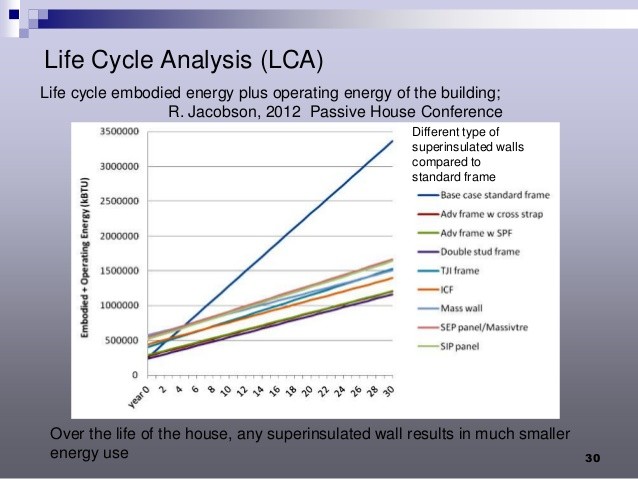Neighborhood Life Cycles S Real Estate Blog
Post on: 4 Апрель, 2015 No Comment

I wrote previously about my experience renovating an old house. One of the great secrets to the whole process is knowing when a neighborhood is worth the investment in sweat, time and money. How do you know if the ‘hood is on the upswing? How do you organize to see that your investment is matched down the block?
These questions have been dealt with by many policy experts and government agencies since the Depression. Some conclusions were summed up in a paper I came across recently by John Metzger of Michigan State, titled “Planned Abandonment: The Neighborhood Life-Cycle Theory and National Urban Policy ”. (PDF)
The basis of the theories that many agencies were operating under was the simple fact that many neighborhoods are built at the same time with a similar quality. It is simply assumed that the value of a neighborhood is the total of the quality of its housing stock, which my experience tells me is reasonable. This quality erodes over time, and the neighborhood changes. According to the Life-Cycle theory, there is a terminal point at which government intervention is necessary.
Some of this is simply common sense and the real observation that neighborhoods can face periods of decline. But the policies that have been crafted to deal with the situation are lacking in key places, as shown by the holes in the theory itself.
For one, the cycles are described as a line of constant decay, rather than a circle that is completed by renewal. Reading the documents produced by Metzger, the assertion that homogeneity is good gradually becomes an overtly racist assertion that minority tenants are a sign of “accelerating decline”. Lastly, the role of individuals, such as those of us looking to make our own homestead or a good buck, is conspicuously absent.
What is important about the theories shown is that they reflect and reinforce conventional wisdom about what a healthy neighborhood is. Not only does this make for bad policy, it offers very few clues regarding how those of us who wish to be a part of a renovation cycle can do it. I think it is good reading all the same, if for no other reason than it outlines just what neighborhood redevelopment has been and is still up against. Opportunities exist where other people do not understand the potential, and the policies we have lived under have only reinforced misunderstanding.
How can we tell where a neighborhood is in its life cycle, and whether it’s a good buy? I think the best way to do this is to take a step back and look at the problems neighborhoods face, and how we can evaluate them without bias.
Wear and tear happens constantly, and needs to be addressed. Residents often do not address this because they are getting older, are no longer resident owners, or have stopped seeing any reason why they should reinvest – a problem accentuated by properties or residents they see as less desirable around them. In a steady-state, renovation and repair is also constant, and there is no general decline. We have seen this happen in the West End lately, where renovation has been a constant presence since the late 1970s.
Sadly, some neighborhoods still bottom out as described by the classic theory. An employee of mine recently picked up a home that needed gutting in Midway. I could tell it was a solid building. But was it a good buy? I had to check out the neighborhood before I could say. When I counted 12 dumpsters parked outside of houses in just a few blocks, I knew she found herself a great house. The whole neighborhood was completing the cycle and being renovated all at once. Midway has probably already bottomed out by the actions of so many people working so hard – and I understand there are some good signs in Frogtown .
That is what is so important about the Neighborhood Life-Cycle theory and why potential renovators have to understand it. Once you understand how terribly limited conventional wisdom and government policy are, you can see the holes. Simply driving around a neighborhood that is supposed to be on its knees and seeing a bustle of activity is the best way to find an opportunity that most people are overlooking. That’s how you can create either a great home or a decent bundle of cash for yourself. And there are many such neighborhoods, especially in Saint Paul.
Organizing people who have taken on these houses is often rather easy. It starts with a few meals and drinks out on the porch or the closest park. If everyone is taking on a new risk with all the strength of heart and arm and brain, most will want to organize – if for no other reason than to swap expertise. From that, working together, they can start getting the support needed from the city or other government to finish off the job they started. Soon, an entire neighborhood has come around, just as Mac-Groveland or Ramsey Hill did.
Neighborhood cycles are not inevitable. What they represent is not something to fear but a great opportunity, because despite conventional wisdom they are not the norm. Cities are the sum total of their neighborhoods, which are in turn the sum total of the houses that make them up. Government intervention is slow and often subject to tired old theories that aren’t always true. The nimble and smart homeowner can take advantage of this, making things happen on their own and with their new neighbors.














